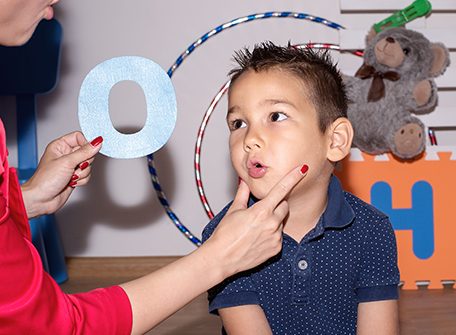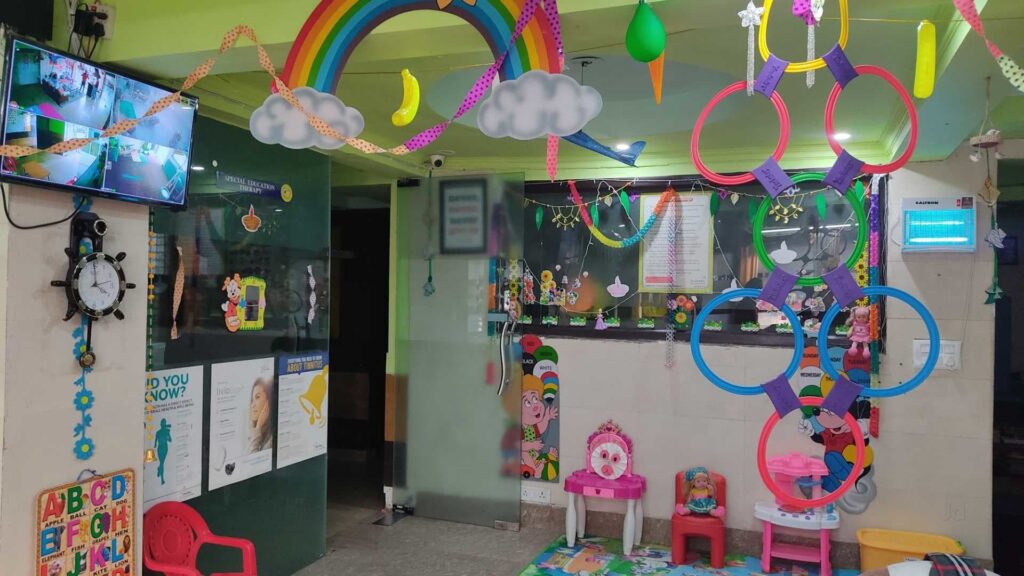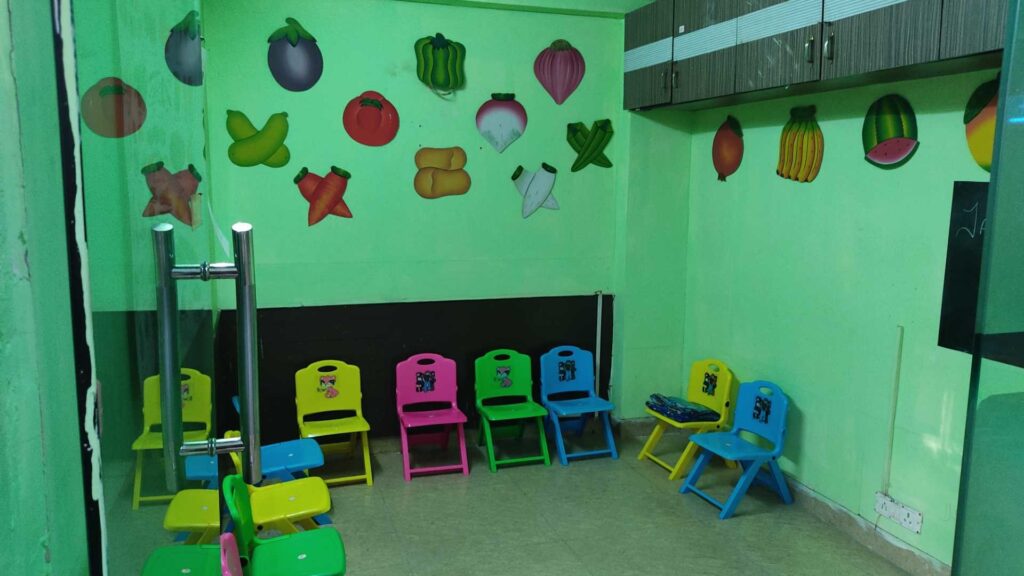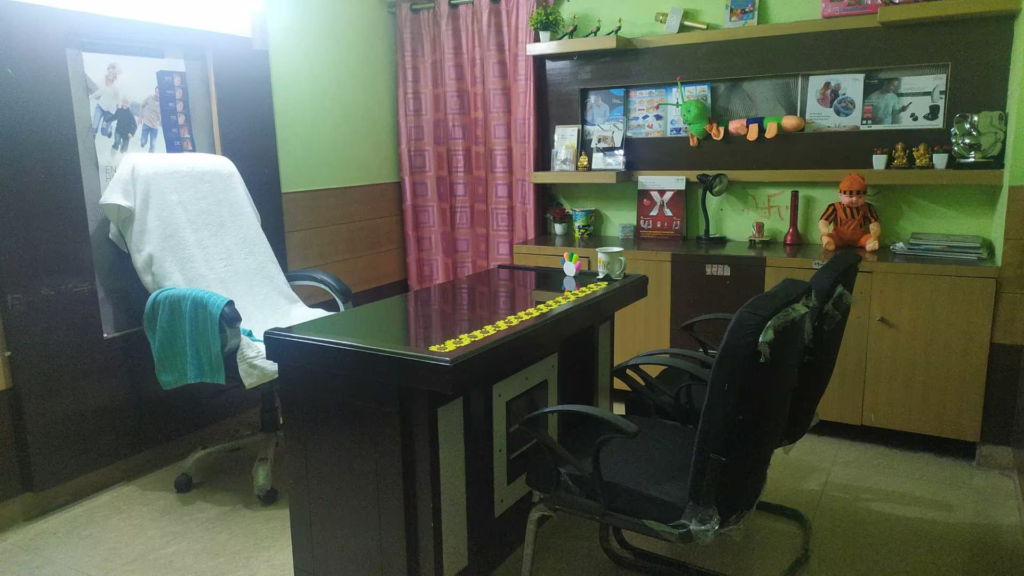Language Development Therapy

Key Components of Language Development Therapy
Linguists have identified five basic components (phonology, morphology, syntax, semantics, and pragmatics) found across languages. Language development is the process through which children acquire the ability to process speech and communicate. During this process, a child may slowly understand basic linguistic patterns and expand their vocabulary gradually before achieving fluency.
1. Assessment and Diagnosis: Comprehensive evaluation of an individual’s communication abilities and swallowing function. This may involve standardized tests, observational assessments, and interviews with parents or caregivers.
2. Individualized Treatment Plans: Based on the assessment, SLPs develop personalized therapy plans tailored to the specific needs and goals of the individual.
3. Therapeutic Interventions: Implementing various techniques and exercises to improve communication and swallowing skills.
4. Family and Caregiver Involvement: Educating and involving families and caregivers to support and reinforce therapy goals at home.
5. Progress Monitoring: Regularly assessing the individual’s progress and adjusting the treatment plan as needed.
Benefits of Language Development Therapy
Improves memory and brain function Learning a language strengthens the area of the brain which is responsible for memory, speech and sensory perception. Bilingual people are better at retaining lists, sequences, names and directions. They are also more creative, perceptive and can concentrate for longer.
Improved Communication: Enhances the ability to express thoughts, ideas, and emotions effectively.
Better Social Interaction: Facilitates improved interactions with others and enhances social participation.
Enhanced Academic Performance: Supports language development, which is crucial for learning and academic success.
Increased Independence: Promotes the ability to perform daily activities independently, especially for those with swallowing disorders.
Higher Quality of Life: Reduces frustration and improves overall well-being by addressing communication and swallowing difficulties.



